You can contact LEARNZ, part of CORE Education, at:
Postal Address:
PO Box 13 678,
Christchurch 8141,
New Zealand
Operation Nest Egg takes kiwi eggs and chicks from their burrows to a captive rearing facility. They stay there until they are big enough to look after themselves.
The idea for Operation Nest Egg (ONE) started in 1994 when it was found that almost all kiwi chicks were killed by stoats, but adult kiwi were not. The ONE process was adapted from a technique already in use.
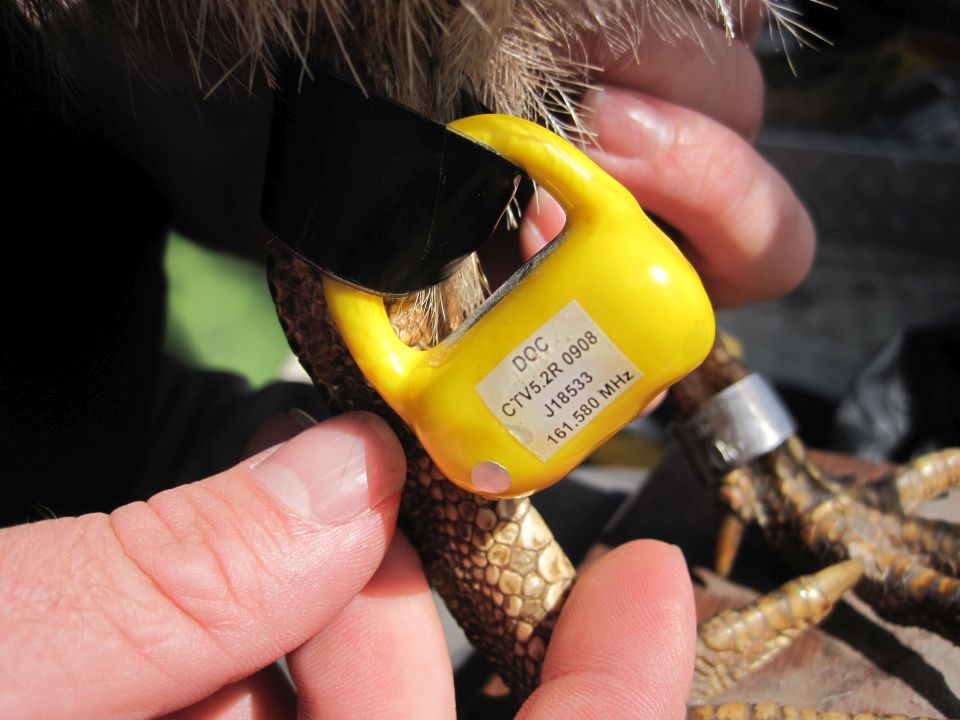
As part of Operation Nest Egg, transmitters are attached to the legs of adult kiwi so the birds can be located to see if they are nesting.
Captive rearing facilities include:
Monitoring breeding pairs
Pairs need to be found and transmitters put on one or both parents to see if they are nesting. With brown kiwi, only males are monitored as they do all the incubating. When their behaviour changes it shows they are sitting on an egg.
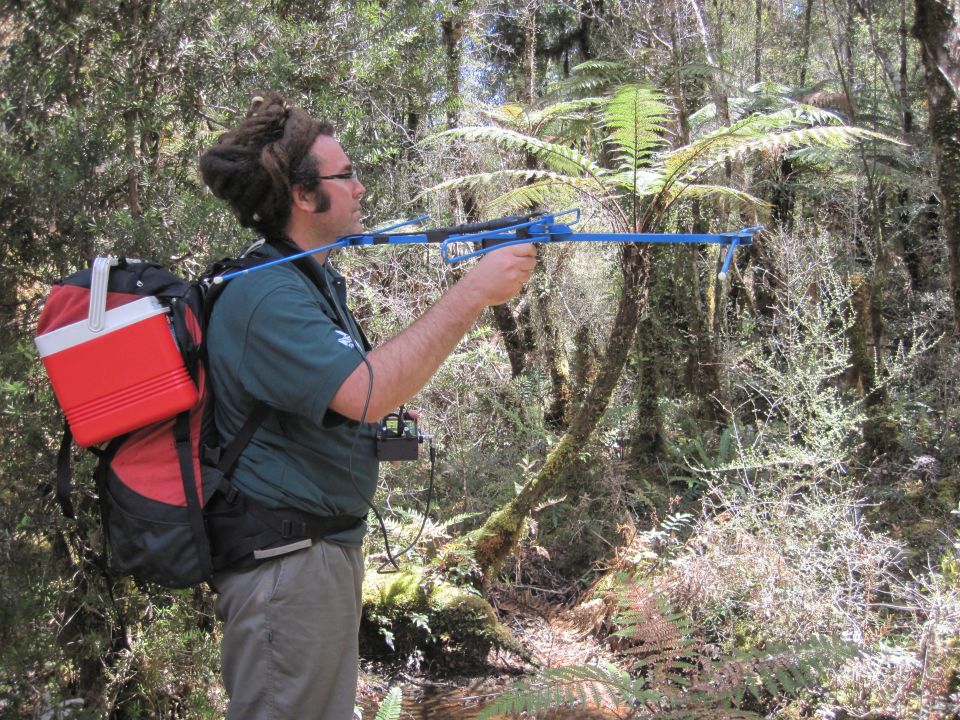
When the time is right, DOC workers head into the bush to find nesting kiwi.
Technology
Clever technology is helping kiwi workers get the timing just right:
DOC collects more eggs than chicks. The aim is to collect eggs that are at least 25 days old. The eggs are collected from nests in the wild and taken to captive rearing facilities.
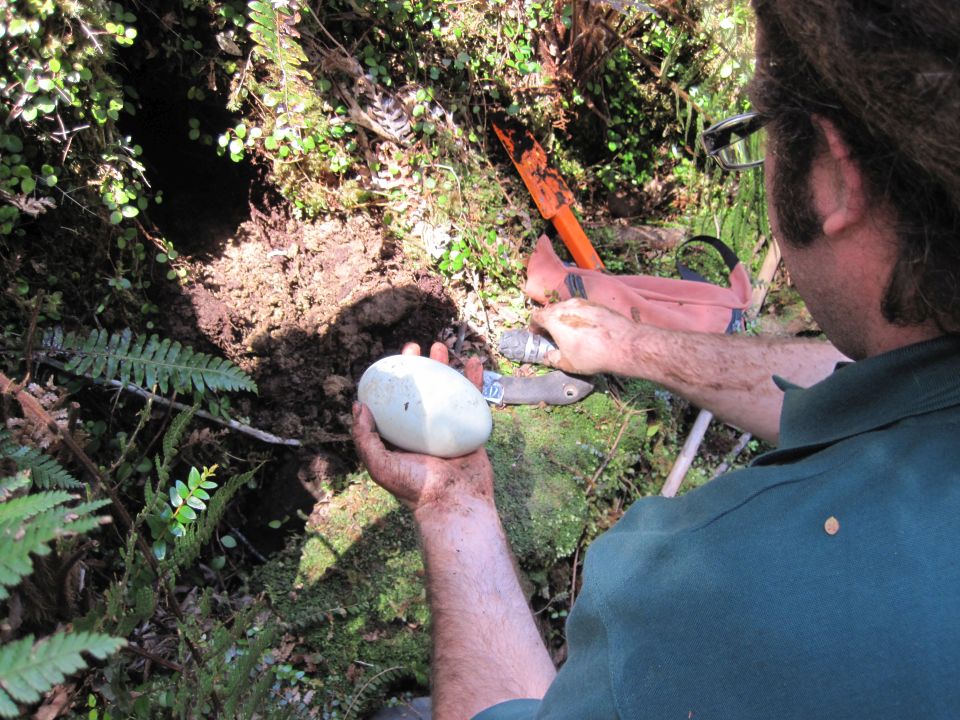
The kiwi egg is carefully removed from the burrow.
The egg is put in a special container to keep it secure and warm. It is important to get the egg to a captive rearing facility as soon as possible.
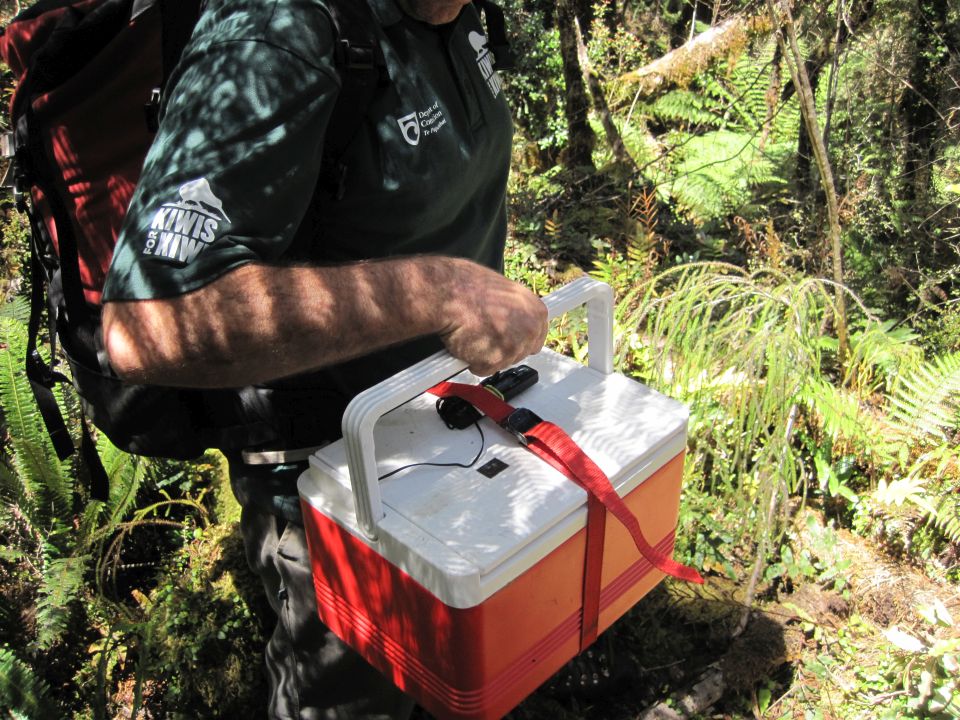
The kiwi egg is transported is a special container to keep it warm and safe.
When the egg gets to the captive rearing facility, it is cleaned. Information such as weight and date is recorded. The egg is also candled. This shows whether the egg is alive and what stage of development the embryo is at.
The egg is then placed in an incubator. Total incubation takes around 80 - 90 days.
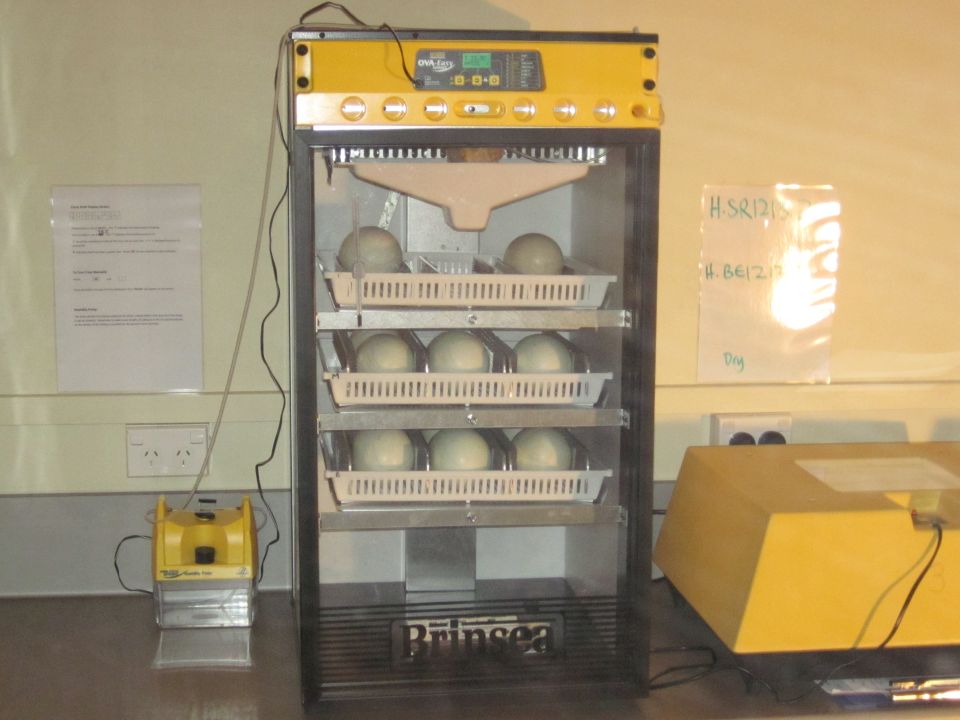
Kiwi eggs in an incubator.
After hatching the new chick is weighed and this information recorded.
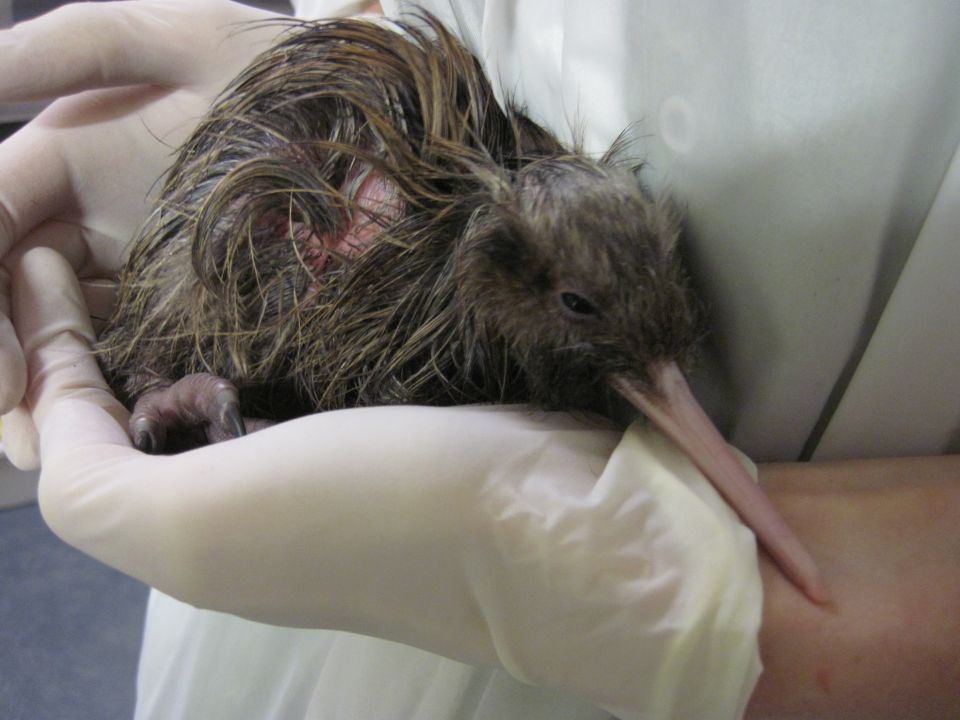
A newly hatched kiwi chick. Image: LEARNZ.
The kiwi chick is then placed into a special unit known as the TLC (thermal life support cabinet). This is where the chick will spend the next two-three days under close watch and care.
When the chick is big enough it is moved into a brooder pen. This pen is set up to be more like its natural environment. Here the chick will also start to get a special diet.
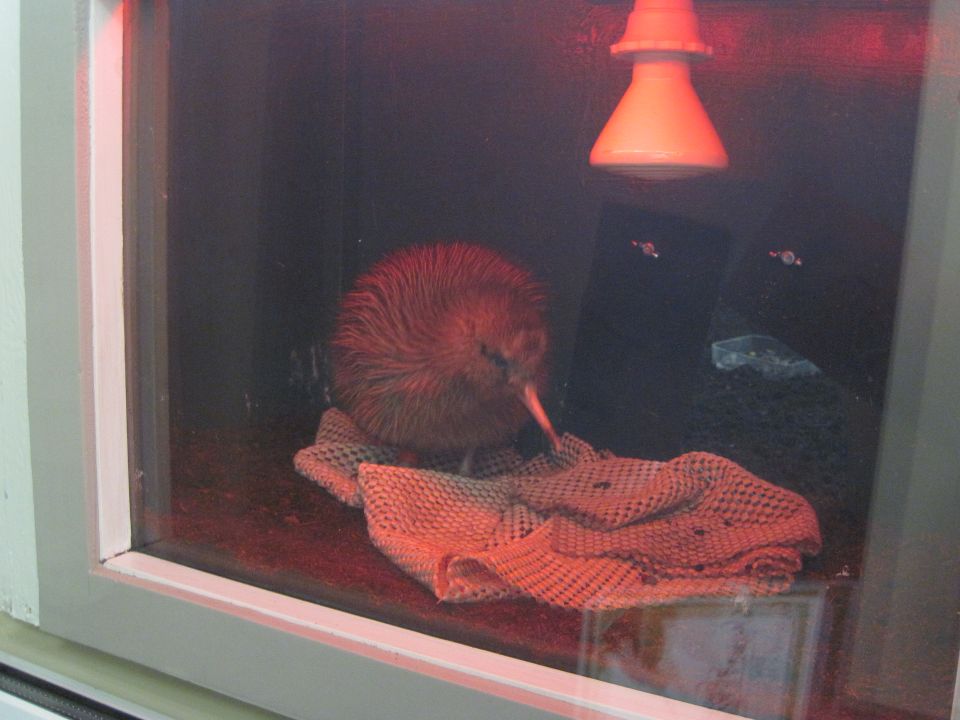
A kiwi in a brooder pen.
When kiwi chicks are about two weeks old they are moved from the brooder pens to a créche. A kiwi créche is an island or an area of land with a special fence built around it to keep predators out.
The young birds need to learn how to be a kiwi and look after themselves, and not get too used to having people around. They stay in the créche until they reach a weight at which they can better defend themselves against predators.
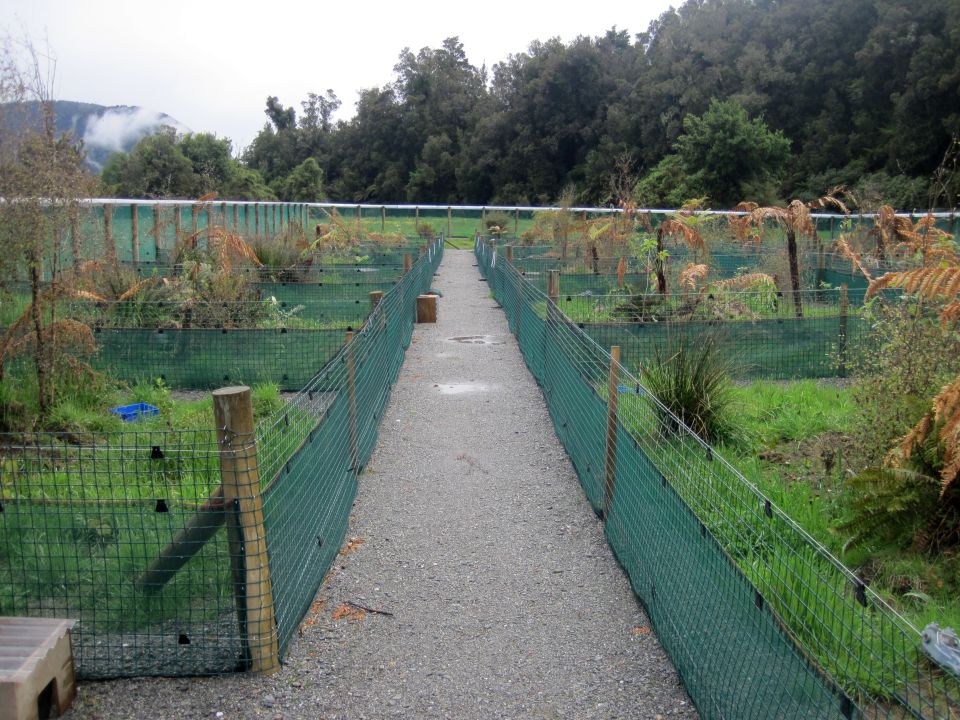
A kiwi creche helps the young kiwi learn important survival skills.
When the young créche birds reach about 1200 grams in weight they are better able to defend themselves against stoats. This is when they can be safely returned to their wild home.
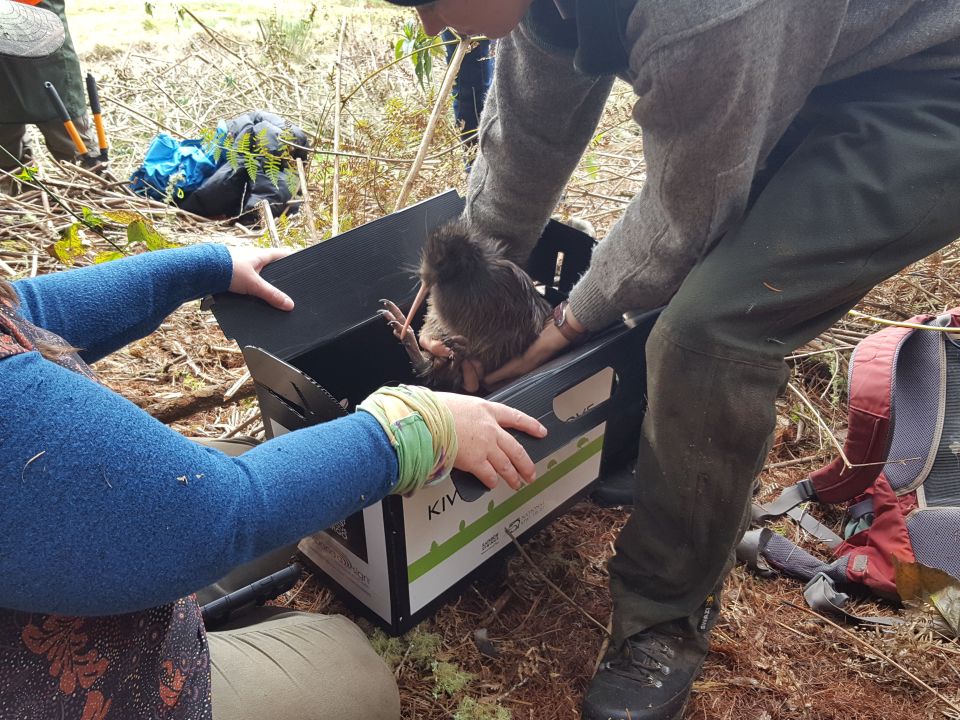
A young kiwi is placed into a secure box ready for transportation back to Tongariro Forest.
Kiwi hold a special place in Māori culture, and there is often a ceremony by mana whenua to welcome the young kiwi back to the place of their birth. Some young birds will have a transmitter put on their leg so their movement can be monitored once released.
An Operation Nest Egg bird has a 65% chance of surviving to adulthood, while a wild-born chick has just a 5% chance.